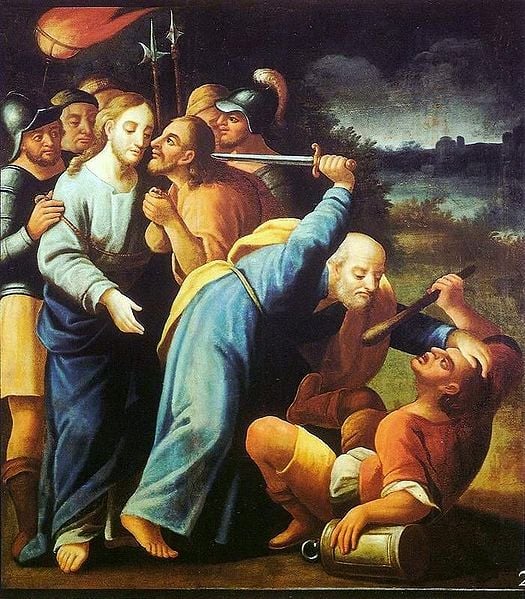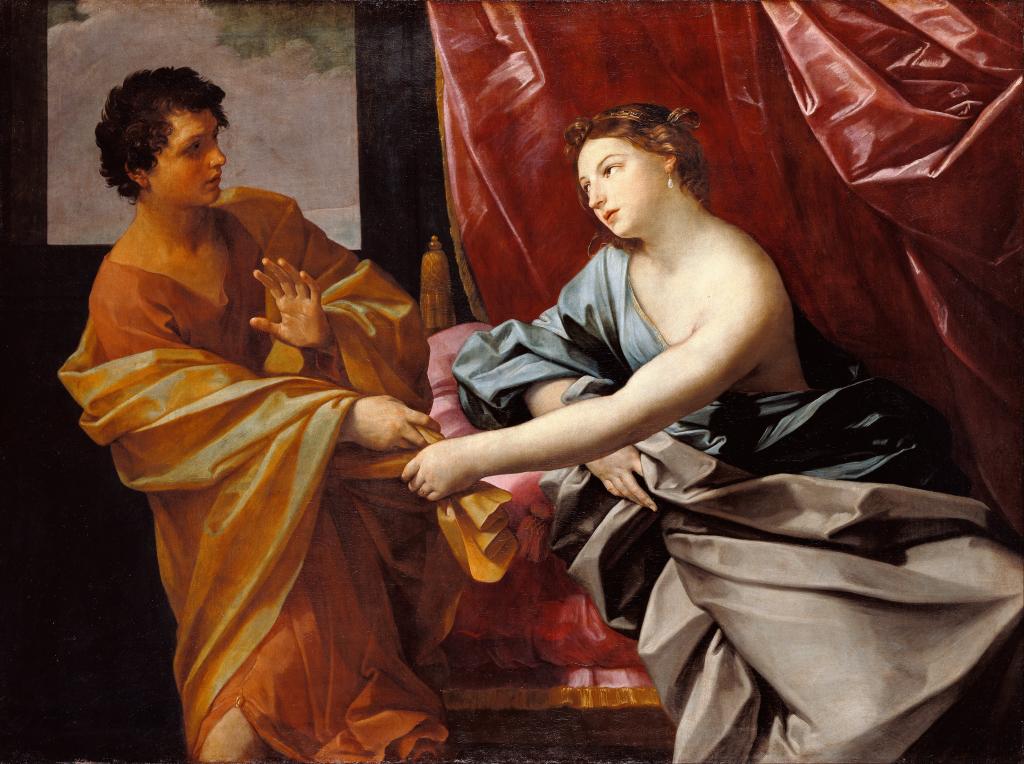I got sucked into watching “Sister Wives,” I’ll admit it. Having deliberately avoided it for the entire first season, I fell prey one cloudy Sunday when TLC was running a marathon in the lead-up to the second season. It’s compelling stuff to watch as the Kody Brown and his four wives, Meri, Janelle, Christine, and Robyn deal with dramas ranging from sibling squabbles (inevitable in a family with seventeen children), to adding a fourth wife into the mix, to fleeing from Utah officials into a life in Las Vegas. Maybe the following thoughts are simply a way to justify my interest in the show. Besides being compelling human drama, I think “Sister Wives” is part of a long continued discussion within American popular culture about the proper structure of the family and how much the state should intervene in regulating this family structure. On the surface, “Sister Wives” is a deflected part of the national conversation about whether or not gay marriage should be legalized. Yet I think, even more basically, it gives viewers a vehicle to get at the most fundamental questions that we as humans, as American humans, are struggling with as our culture shifts away from the traditional nuclear family: How much can we change family structures and still create a moral, ordered, functioning society? How much are these cultural and family norms derived from religion, specifically Christianity? How much should they be derived from Christianity—and what form of Christianity? How much should the state enforce these religiously-derived norms and standards in order to assure an ordered society for the generations to come? And who gets to decide all of these vital questions in a pluralistic society ostensibly dedicated to democracy and the separation of church and state?
Those might seem like pretty deep questions to be derived from a piece of popular entertainment, but as Americans we’ve always looked to popular culture to talk about the big issues of family and gender in ways that effortlessly combine entertainment, titillation, and serious moral conversation. Not surprisingly, the practice of polygamy has served as a way to both sharpen and mask our struggle with these fundamental questions. Back in the nineteenth century, Americans were experiencing the effects of massive shifts in family structure. Instead of extended families adapted to an agricultural economy, a critical mass of Americans were then living in nuclear families that functioned better within the wage-fueled industrial economy of the country. Scholars like Lawrence Foster argue that Joseph Smith instituted the practice of polygamy in response to anxieties surrounding this splintering, shifting family structure. When the Church of Jesus Christ of Latter-day Saints (LDS Church) began to openly advocate the practice of plural marriage (a practice officially discontinued in 1890) in the mid-nineteenth century, religiously motivated opponents quickly launched campaigns against it. These campaigns offered Americans ways to speak about, perhaps justify, and work through those wider shifts in family structures.
Americans ate up anti-polygamy literature like exposés written by former polygamous wives Ann Eliza Young and Fannie Stenhouse who detailed their difficult lives as plural wives. These books were part of the larger genre of moralistic titillation, that included fictional and sensational works like Maria Monk’s depiction of her life as a nun in convent where she claimed the women were forced to be sex slaves to priests and that any children born as a result of these rapes were killed and buried in the basement of the convent. The sexual component of the anti-polygamy and anti-Catholic exposés attracted a wide readership, no doubt, because they gave men and women an opportunity to experience the sexual thrill of pornography under the guise of moralistic investigation. But I wonder if the sexual perversity and chaos represented by polygamous unions and elicit relationships between nuns and priests also represented for readers the cultural destruction they feared that disordered family and gender relations would bring to society as a whole. Sex unleashed from it’s traditional, gendered, family bounds represented the chaos of an unstructured society.
Pop cultural discourses about polygamy have always contained the other pole; proponents of polygamy have had their say in their own defense. These are multi-faceted and complex conversations with many voices. And usually it’s the perceived victims of polygamy, the women, who are at center stage of these defenses—they’re the ones we, as a culture, want to hear. Since that shift to the nuclear family and discussions of republican motherhood, if not before, women have symbolized the moral, structured continuity of the family. If disordered sex is the threatening chaos, women as mothers are perceived to be the stabilizing, moral elements. So, as we now work through the shift away from the nuclear family that has been going on for at least half a century, we want to hear from these women, these polygamous wives, these symbols of the breakdown of that nuclear family. Are they victims? Are they moral people? Can they be good mothers who nurture good citizens?
And, again, this has long precedent. Nineteenth-century women leaders in the LDS Church like Eliza Snow and Zina D. H. Young organized public rallies and petitions to defend the practice. On her show, Oprah featured interviews with the women of the community after the raid of the FLDS compound in Texas. And so, it’s no surprise that we see the wives the most on “Sister Wives.” In an image that captures the main argument of the show—that the Browns are a normal and especially moral middle-class American family who engage in polygamy for religious reasons—the four sister wives go out on the town for a girl’s night out. To put a cap on the night, they take a stroll down the Las Vegas Strip, becoming more and more uncomfortable and shocked by the open sexuality and excess on display. The parting shot is of the four conservatively dressed women fleeing the scene in mock and real distress at the excesses of Sin City. As a country, many of us want to flee back to the safety of traditional norms, but we can’t because, as individuals, we are, in a sense, the Brown family and we participate in those perceived dangers and excesses. Soon, if it is not already the case, most of us will have grown up in families of divorced parents, families with only a mother or only a father, families headed by grandparents, or same sex spouses. If we haven’t grown up in these families, we know, love, and respect those who have. And so, “Sister Wives” is entertainment, but it is also allowing us to do some serious cultural work, to confront in a deflected way issues that we, as a society, must work through and resolve.











